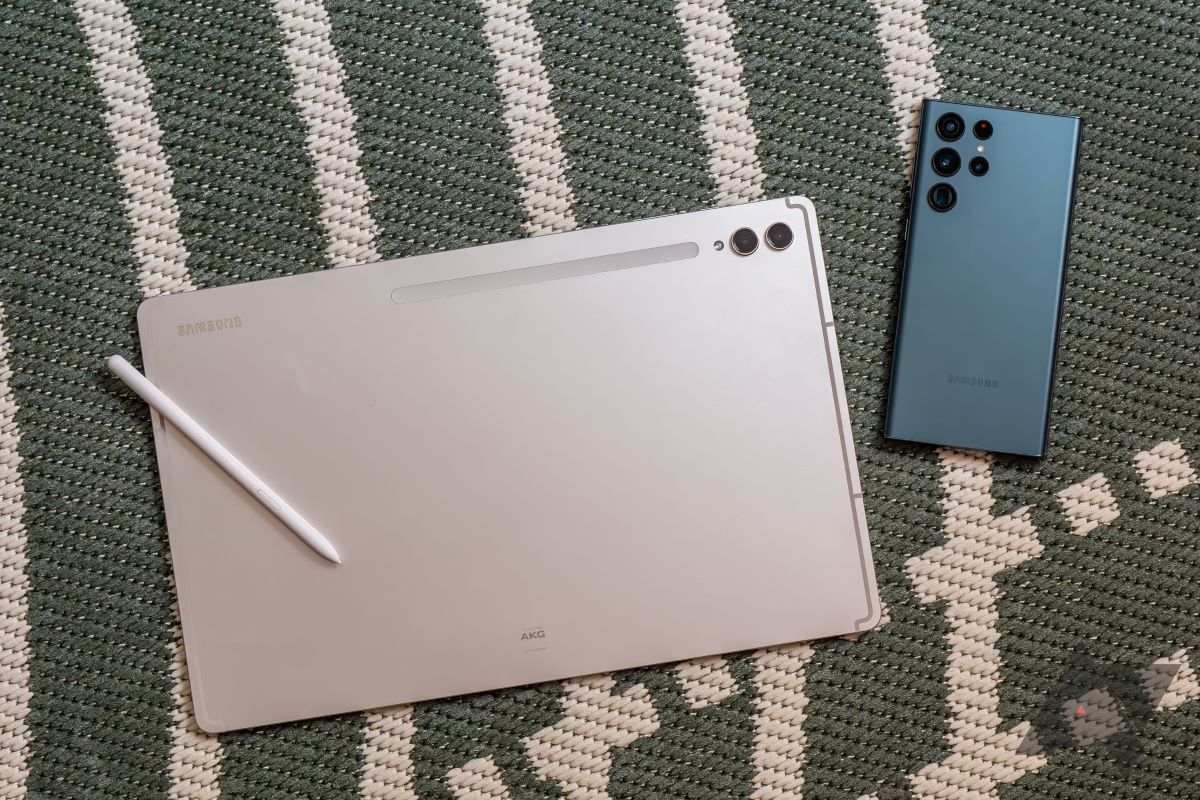The Huawei Mate XT foldable has garnered significant attention for its innovative triple-folding design and its premium price tag.
However, a new leak hints that Samsung’s upcoming tri-fold device will adopt a distinctly different approach to the form factor.
Samsung’s triple-folding phone is slated for a 2025 launch, with its design expected to be finalized by the end of this month.
Unlike Huawei’s Mate XT, which features an outward-folding mechanism where all three screens fold back on themselves, Samsung’s device will employ an “infolding” design.
In this configuration, both side panels will fold inward, potentially enhancing durability.
In the Mate XT, the far-left screen doubles as the main display when the device is folded shut. By contrast, Samsung’s tri-fold will likely include an additional display on the back to ensure usability when closed.
This mirrors the design seen in other foldables like the Samsung Galaxy Z Fold 6 and the Google Pixel 9 Pro Fold, both of which integrate a secondary external display.
Design Details and Functionality
Samsung’s rationale for choosing an inward-folding mechanism centers on protecting the main screen from scratches and other damage, the report states.

This approach, however, requires one of the device’s hinges to be larger than the other to accommodate the folding screens.
Further insights based on industry sources, reveal that Samsung’s tri-fold device will feature a main screen measuring around 9-10 inches when fully unfolded, significantly larger than the Galaxy Z Fold 6’s 7.6-inch main display.
The new tri-fold is part of Samsung’s strategy to boost demand for foldables and solidify its position against competitors.
Although the Huawei Mate XT is currently exclusive to the Chinese market, it has already captured considerable global attention. Samsung’s innovation in this space could help the company maintain its leadership in the foldable market.
The Future of Foldables
While Samsung’s tri-fold device is set to debut in 2025, fans can still expect the standard Galaxy Z Fold 7 and Galaxy Z Flip 7 next year.
Additionally, speculation around a Galaxy Z Flip FE continues to circulate. With Apple reportedly going through foldable technology as well, 2025 is shaping up to be a landmark year for foldable smartphones.
Samsung’s efforts with this new device not only aim to redefine the foldable category but also to safeguard its market dominance against rising competition.
Whether this tri-fold design will go through the same level of intrigue as Huawei’s Mate XT remains to be seen, but the foldable race is undoubtedly heating up.